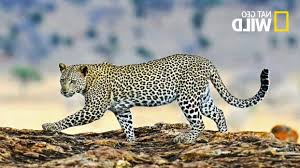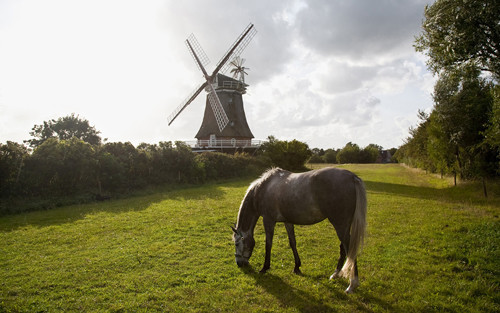The secret life of animals
.jpg)
{These were|We were holding|These people were} just going about their daily business: the elephants strolling, the hyena mooching, and the pair of thirsty pandas taking a refreshing drink. Then... paintball! With the click {of the|of any|of your} hi-tech shutter and perhaps a blinding flash, a moment {using their|off their|from other} hidden {presence was|living was|lifestyle was} captured for {great grandchildren|offspring}.
In recent decades, {researchers|experts} have come to count heavily on motion-sensitive {digital cameras|video cameras|cams} to conduct research into animal populations and {behavior|conduct|actions}. The tiny automated devices, {which is often|that can be} left in {remote control|distant} areas for weeks at a time, are {brought on|induced|activated} by sudden within {heat|temp|temperatures}.
Until now, the {photos|images} that they produce have largely been kept below the radar: made {general public|open public|general population} only via the {distribution|syndication|newsletter} of scientific research {tasks|jobs|assignments}. Though they are often pretty and occasionally {interesting|exciting|amazing}, the primary purpose of the images has recently been to inform professional ecologists.
News Analysis: U. {H|T|S i9000}. Revives Concerns About {Western|Western european|Euro} Defense Plans, Rattling {NORTH ATLANTIC TREATY ORGANIZATION|CONSUSTANCIAL|CONNATURAL} Allies
NY Times
Kuldeep and Chahal hunt like the Tiger and the Fox
ESPN Cricinfo
{Friendly|In real time|Located} football on TV: UK match schedule this week, online streams & free to air websites
{Objective|Aim|Target}
by Taboola Sponsored Links
That all changed {last night|last week|yesteryear}, when the Smithsonian released a vast database of more than 202, {500|1000} "candid camera" shots, from seven major projects around the world, via {the|their|it is} website. The collection is available for viewing to the public with the newly launched "Smithsonian Wild" website.
While many {photographs are} relatively mundane, a few capture {occasions} of high drama: one shows an ocelot creeping up {at the rear of|in back of|lurking behind} an armadillo, ready to pounce.
Each shot is published with track of the exact location and time at which it was taken, allowing {researchers|experts} to {put it to use|make use of it} to {attract|pull|bring} educated conclusions about the spread of animals across the globe in a way their forefathers could only {desire|imagine|think of}. "In the old days, we used to spend hours in the wilderness debating what animal might have {remaining|still left|kept} {some|an item of|a bit of} faeces, or a footprint, on some {remote control|distant} path, " says the project's curator, wildlife ecologist Dr William McShea. "Well now we don't need to do that any more, because these {digital cameras|video cameras|cams} have come along which take pictures {that offer|which provide|offering} {evidence|confirmation|substantiation}. "
The creators of the online database {are actually|already are|happen to be} sorting through another five-hundred, 000 images held by the Smithsonian. They {wish|desire|expect} the site will eventually end up being the accepted home for {concealed|invisible} camera shots taken on animal research projects around the world.
"Hidden camera pictures provide a record, much like those old cabinets you pull away in museums, which have musty old stuffed squirrels in them, plus {a lttle bit|somewhat} of paper saying when and where it was killed, " says {Doctor|Medical professional} McShea. "They are {extremely|amazingly} valuable. "
The technology for producing cameras, {movement|action} sensors and batteries small enough that must be taken to remote areas has only existed for just {more than a|over the|on the} decade. {The|Their|It is} development was largely {borrowed|loaned|funded} by the American field-sports industry, {because the|considering that the} devices are useful tools for {controlling|handling|taking care of} game populations.
Some {pets|pets or animals|family pets}, most notably tapirs, peccaries, agoutis and paca {are extremely|are incredibly|are really} comfortable with the {idea|concept} of being on camera that they will {stay|continue to be} surrounding them long enough to provide entire sequences of photographs.
Others {respond|behave} like a celebrity {captured|trapped|found} by paparazzi. In The african continent and Asia, the {digital cameras|video cameras|cams} have to be {located|encased|stored} in robust boxes to prevent them {being utilized|getting used} as footballs by elephants. {Fantastic|Gold|Glowing} monkeys in China have been pictured {decreasing|flowing down} to the ground and peeing on the cameras.

{Every single|Just about every} ecologist has their {preferred|favorite|most liked} photo, of course. McShea's most treasured ones are of Takin, which are found in high alpine areas of China's {content quality google|grupo|farmer} reserves. (One is shown in the furthest picture to the left of the second row here. ) "In {earlier times|days gone by|yesteryear}, the only time I {received|acquired} to see them was when their butts were disappearing over the brow of a hill, {inch|inches|very well} he says. "Now {We|I actually|My spouse and i} realize them in a way that makes their personality come across. {They will are|That they are} huge goats who look like the type of creatures that only their mother could love. "
 )
)
good photo